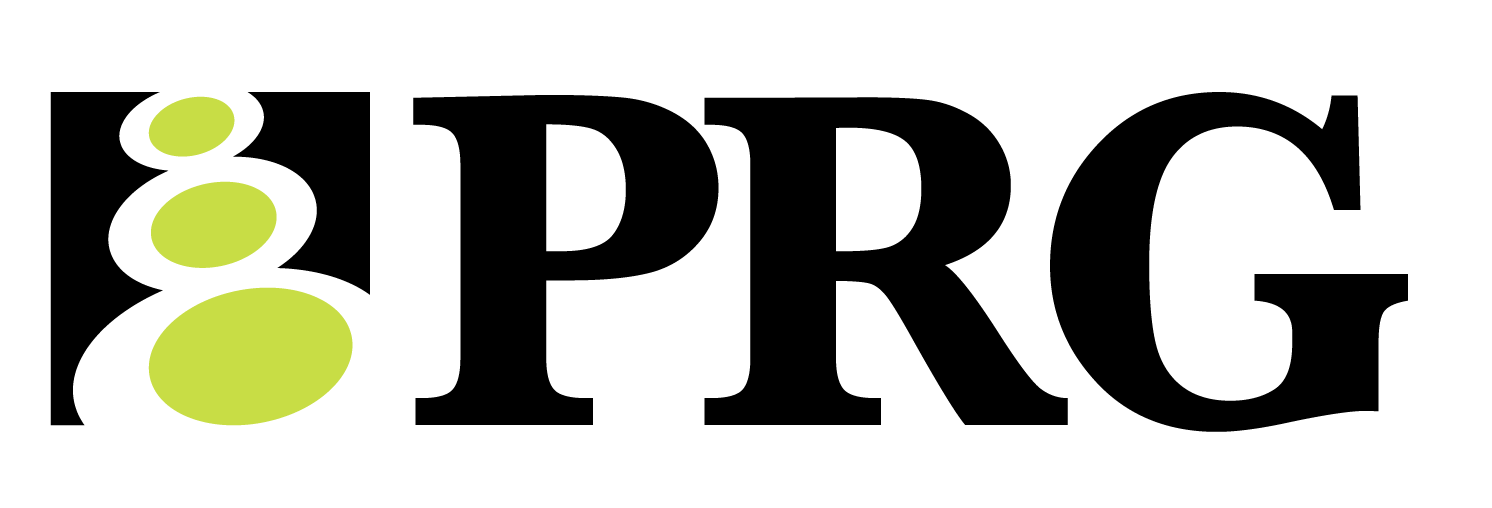What to Put (and Not Put) on Your Resume
- bjackson681
- Nov 17, 2023
- 3 min read
Updated: Dec 6, 2023

In today's competitive job market, the power of an effective resume cannot be overstated. It's your first opportunity to make a lasting impression on potential employers. However, the world of resumes is constantly evolving, and job seekers must adapt to new trends and technologies. As guest speaker on a recent PRG Friday Coffee Series titled "Resumes: Do This, Not That", Linda Brubaker, Ph.D., shared several key insights to help job seekers create resumes that stand out in this digital age.
Dr. Brubaker emphasizes the importance of concise resumes. Recruiters typically won't go beyond the first page unless they're truly captivated. In fact, you have just eight seconds to grab a hiring manager's attention. You will need to tailor your skills to match the job you are applying for including many key words that will ensure you get past the Applicant Tracking System (ATS) and into human hands. Below are some suggestions from Linda that should help.
Formatting
Use a plain and simple format.
Use fonts such as Arial, Times New Roman, or Calibri.
Maintain margins of at least 0.8 inches all around.
It will be printed in black and white, so stay away from colors.
Contact Information should be at the top of the resume. Stick to just your Name, City, State, Zip and clickable links to your Email and LinkedIn URL. Make sure the links are not in the header.
Don't include your street address.
Don't use fancy resume templates
Length
The length of your resume can make or break your chances. The notion that you can have as many pages as needed is a myth; brevity is key.
Keep your resume to 1-2 pages max.
Experience Matters, but Not All of It - Limit your work history to the last 10 years. See Work History below.
Introduction
Objective – This section type is for junior candidates without much professional experience. This is where you clearly state your career goals and aspirations. This is usually the best method for a candidate who has little or no experience and is seeking employment for the first time and establishing themselves.
Professional Summary – This section is for candidates with more experience. Summarize who you are and how your experience aligns with the job. Then list accomplishments from previous jobs that relate to the job you are applying. Limit these accomplishments to 2-8 brief bullets. Make these bullets are concise, relevant, and include key qualifications.
Summary of Skills - This is a quick summary of skills at the top of the resume under the Professional Summary section. This is a great place to put keywords / broad concepts that summarize what you have expertise as it relates to the job. Remember the ATS.
Aim for 6-18 skills and use three columns for an aesthetically pleasing layout.
Use keywords relevant to the position you are applying to.
Don't Use company or industry jargon;
Experience
Accomplishments
List the accomplishments that you have achieved at each of the companies you have worked for.
Accomplishments should feature specific detail but keep it brief, you want to leave hiring managers curious about the story behind the achievement.
Highlight the most significant accomplishments related to the job.
Be specific with metrics and quantifiable data.
Steer clear of starting sentences with "Responsible for"; focus on actions and results to showcase your impact.
Work History
Don't list work history that is older than 10 years. In most cases it is no longer relevant.
List older experience only if relevant to the job.
If necessary, group experience older than 10 years under a section titled "Additional Related Experience” and include only company name and title.
Remember, a resume is not a one-size-fits-all document. Customize it for each job application, emphasizing what you can offer the specific employer. Tailoring your resume to align with the company's needs and the job description will greatly increase your chances of landing that interview.
Watch Linda Brubaker, Ph.D.'s presentation here for more in-depth insights into resume best practices.

Comments